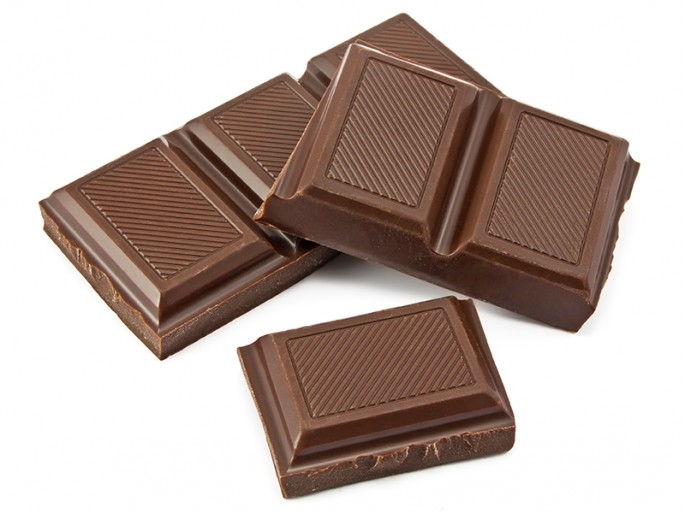Several notable alternative fuel discoveries have been made in the brewing industry recently — biofuels made from beer yeast and whiskey byproducts, for example. Did you know that another edible, chocolate, has proven itself as a potential fuel source?
Researchers at the University of Birmingham in the United Kingdom fed chocolate factory byproducts (diluted caramel and nougat waste) to E. coli bacteria, which created a reaction that produced enough hydrogen to power a fuel cell. The fuel cell, in turn, produced enough electricity to power a small fan.
With the ability to power fuel cells in zero-emission electric vehicles, hydrogen has great potential as an alternative fuel. However, because hydrogen has a low volumetric energy density (it requires a lot of storage space relative to the amount of energy it can produce), innovations are needed in order for it to deliver the driving range capabilities that most motorists will expect. That notwithstanding, Hyundai, Honda and Toyota automakers recently introduced hydrogen fuel cell vehicles. Now that’s probably something consumers can sink their teeth into.




